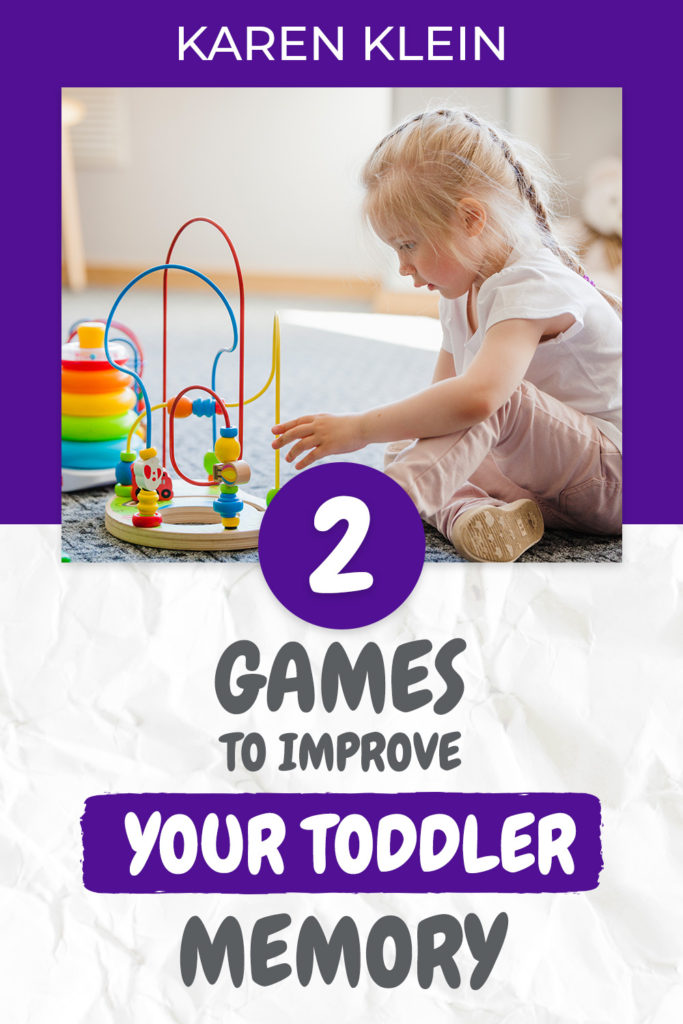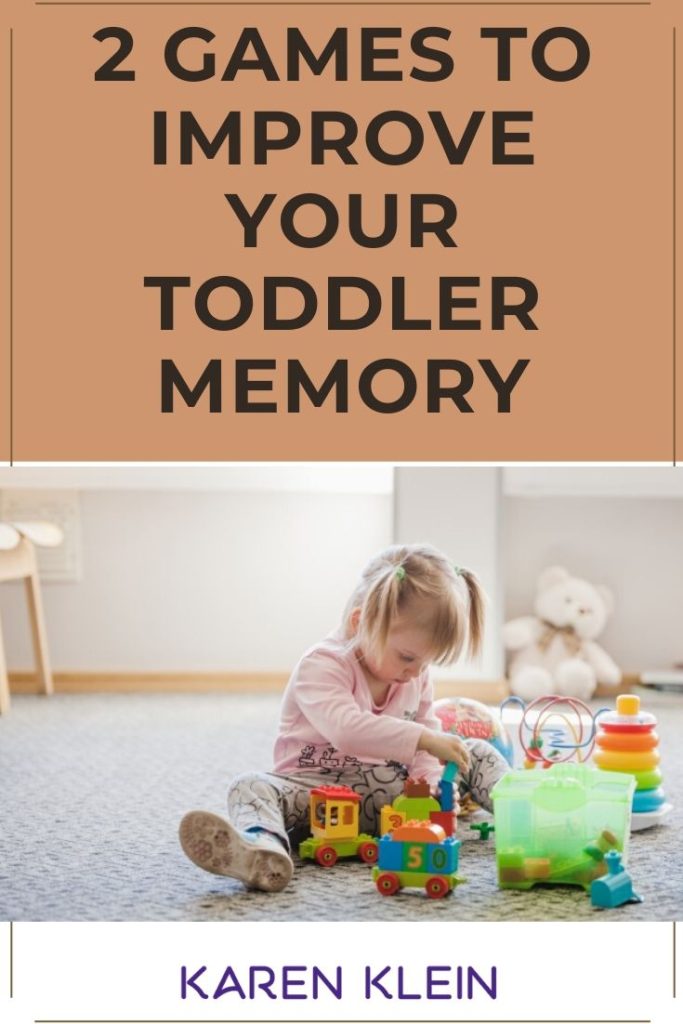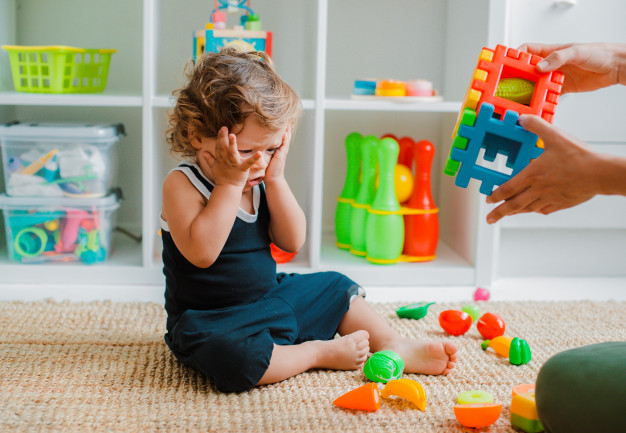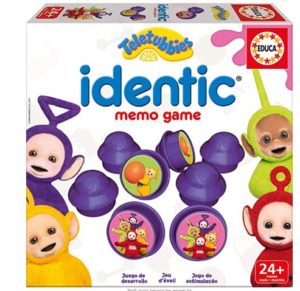
This page contains affiliate links meaning I may earn a commission if you use them. I only recommend products I use and honestly trust. For more info read the full disclosure.
“One reason so few of us achieve what we truly want is that we never direct our focus; we never concentrate our power. Most people dabble their way through life, never deciding to master anything in particular. “-Anthony Robbins
I am not very good when playing memory games…
My 10 year old daughter always wins when we play these types of games, so I try to practice my memory and concentration with my 5 year old to practice!
Before telling you about 2 games I love, lets understand why we should use games that improve memory and concentration:
Here are 5 main benefits:
- improve concentration
- practice visual memory
- increase short-term memory
- increase attention to detail
- improve vocabulary (in certain games)
Why should we try to improve our children’s attention & concentration?
Effective attention is what allows us to screen out irrelevant stimulation in order to focus on the information that is important at a specific moment. This also means that we are able to stay attentive which then allows us to engage in a task for long enough to repeatedly practice it. Repeated practice is crucial for skill development.
What processes are necessary in order to develop attention?
- Sensory Processing
- Executive Functioning
- Self Regulation
- Receptive (understanding) Language
- Auditory Processing difficulties
- Hearing impairment
If a child has difficulties with attention they might:
- Not attend to a task when required/requested to do so.
- Miss details in instructions.
- Repeatedly makes the same mistakes (due to not learning from past attention).
- Be unable to listen to all of the information presented.
- Find it physically difficult to either calm down (as they are too physically active) or to ‘wake up’ as they appear sleepy and lethargic.
- Begins a task but then gets distracted by something else and then ‘forgets’ to complete what was asked of them.
- Be unable to follow instructions.
Here are a few tips to help your child’s attention span at home:
- Repeat instructions: ask your child to repeat the instructions back to you after you explained them, in order to ensure that he has understood what is expected.
- Sensory therapy.
- Eye contact: Get close to your child and get down to her level to ensure she is able to hear you and see your face.
- Simple language: Use clear, simple language when making requests.
- Reduce background noise or other distractions
- Use physical (motor) activity and breathing
As a mom with a child who has difficulty concentrating and staying concentrated, I understand this real challenge for other parents. I sometimes forget how important it is to make sure he heard me, to get down on my knees to reach his level and talk face to face– but this connection and leveling is actually so important.
The alternative is, I can yell loudly “come and eat” or “can you feed the cat?” but this method is not reaching him and then I find myself repeating myself, increasing frustration as nothing happens–meanwhile, he does not even understand where my frustration is coming from.
As a big believer in playing games as a tool to improve ourselves and connect, playing games that improves memory and concentration is my way to work with him, a great way to play together, help him practice, start with 5-10 minutes and add more time step-by-step.
Enjoy the time together while helping your child improve memory and concentration!
Here are my 2 recommendations:
a personal note from the designer and developer:
”Great beginner game for little ones, collaborative and educational! It’s not a regular memory game. While working on your memory skills, kids have to look out for distraction cards, where they’ll have to do funny actions and make sounds! No reading required. Also has a team play version. Parents absolutely love how adaptable this game is based on age. Develops visual spatial memory, knowledge of animal food, sounds and movements. Kids learn to give and follow instructions, taking turns and playing cooperatively. Builds gross motor and language skills.”
I love it because it is easy to use, fun to hold for small hands, cute images and appropriate to the early age.






